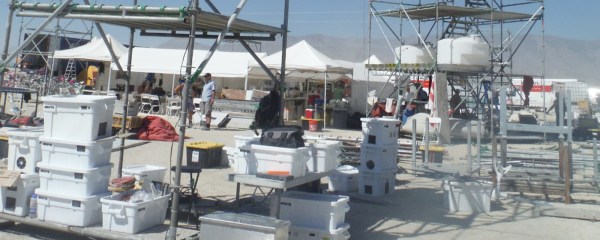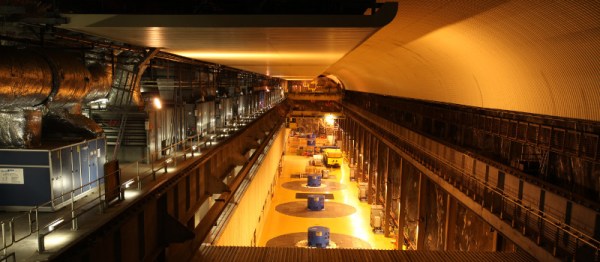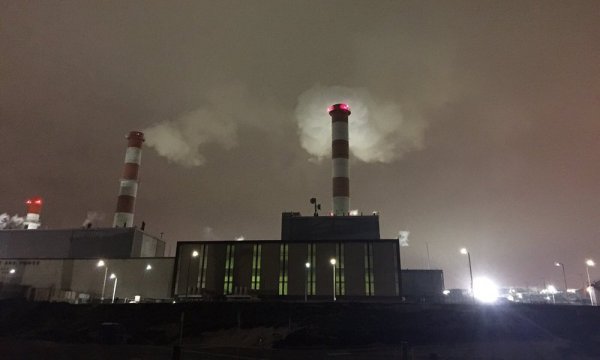After a disaster hits, one obvious concern is getting everyone’s power restored. Even if the power plants are operational after something like a hurricane or earthquake, often the power lines that deliver that energy are destroyed. While the power company works to rebuild their infrastructure, [David Ngheim]’s mobile, rapid deployment power station can help get people back on their feet quickly. As a bonus, it uses renewable energy sources for power generation.
The modular power station was already tested at Burning Man, providing power to around 100 people. Using sets of 250 Watt panels, wind turbines, and scalable battery banks, the units all snap together like Lego and can fit inside a standard container truck or even the back of a pickup for smaller sizes. The whole thing is plug-and-play and outputs AC thanks to inverters that also ship with the units.
With all of the natural disasters we’ve seen lately, from Texas to Puerto Rico to California, this entry into the Hackaday Prize will surely gain some traction as many areas struggle to rebuild their homes and communities. With this tool under a government’s belt, restoration of power at least can be greatly simplified and hastened.


















